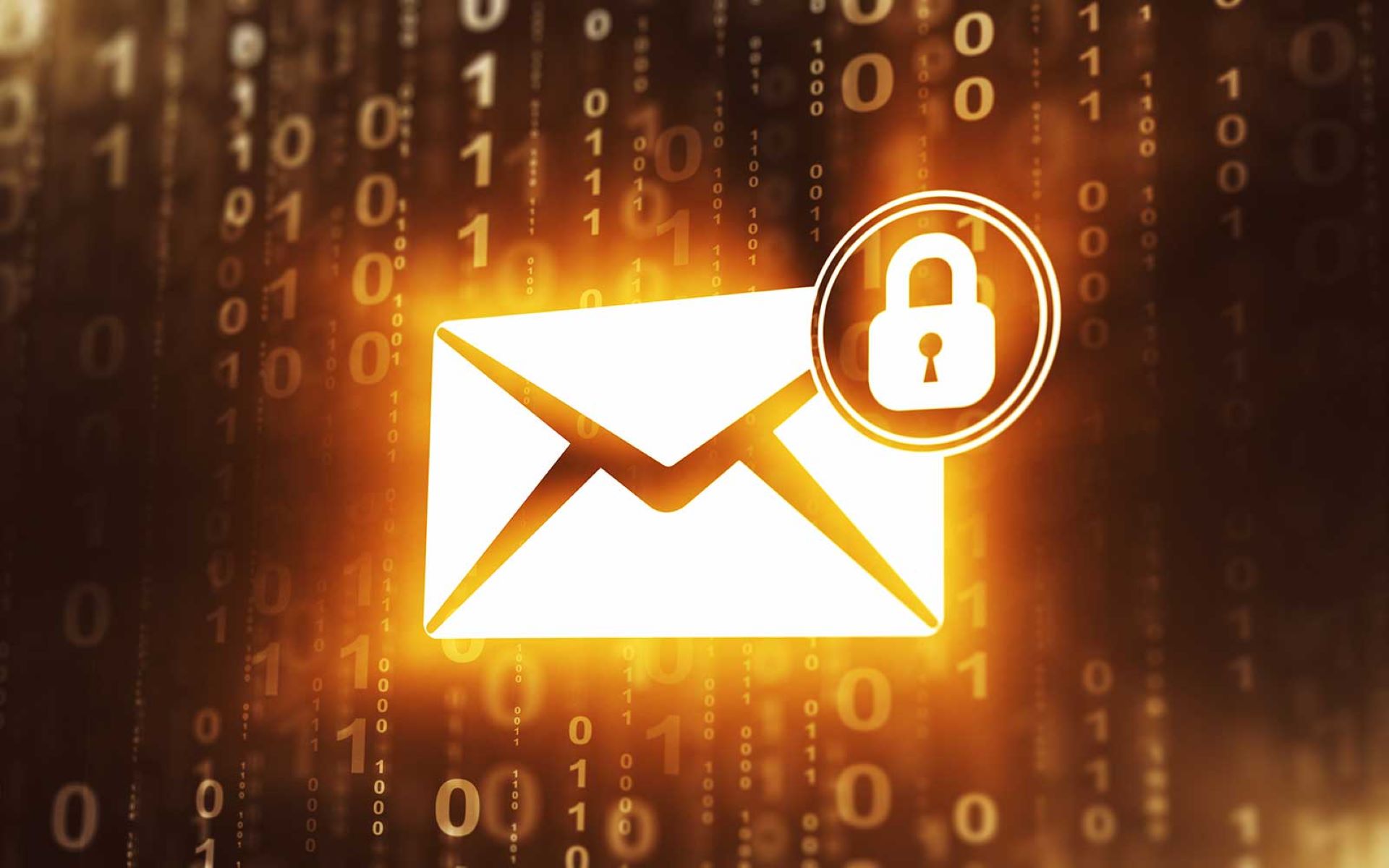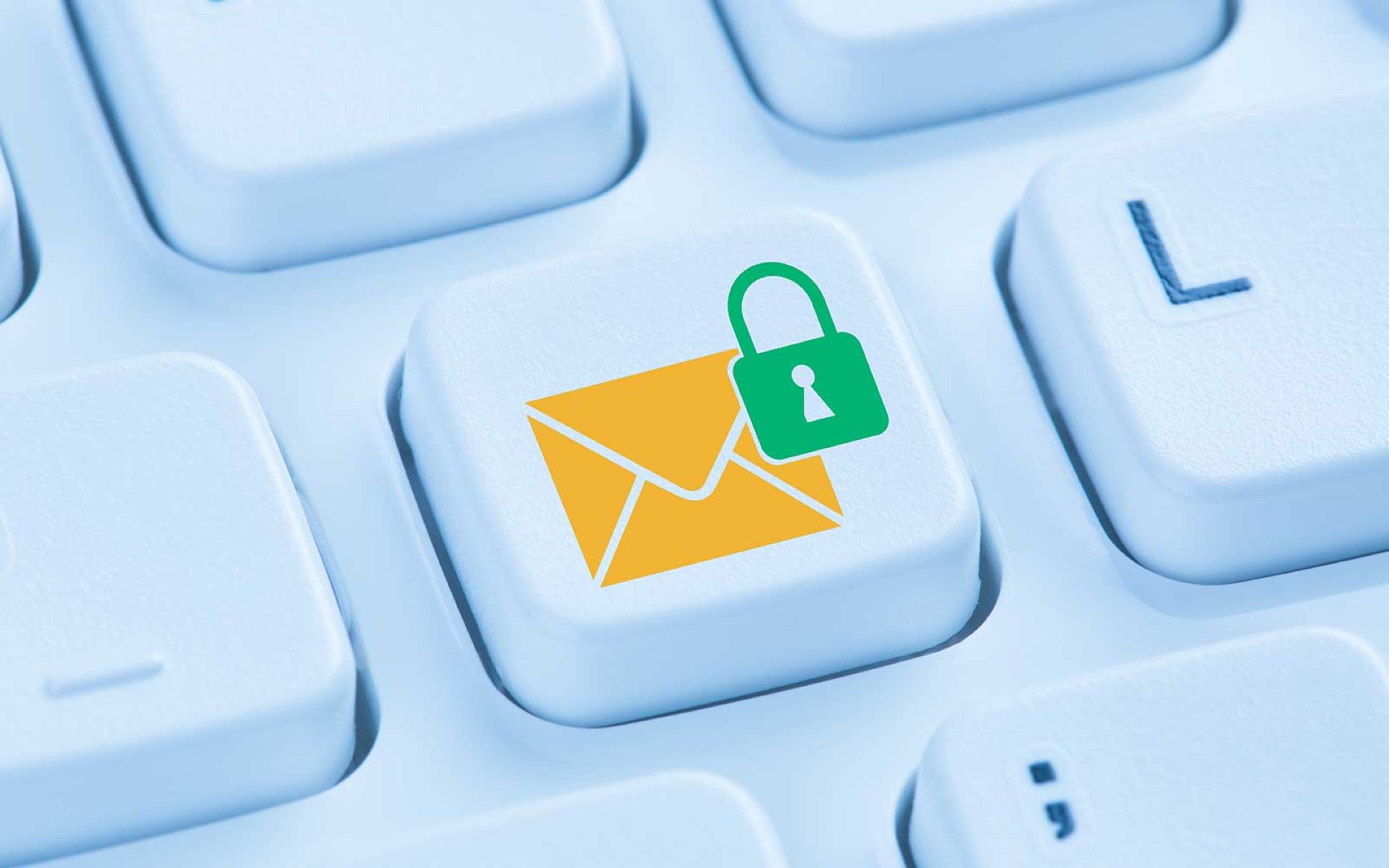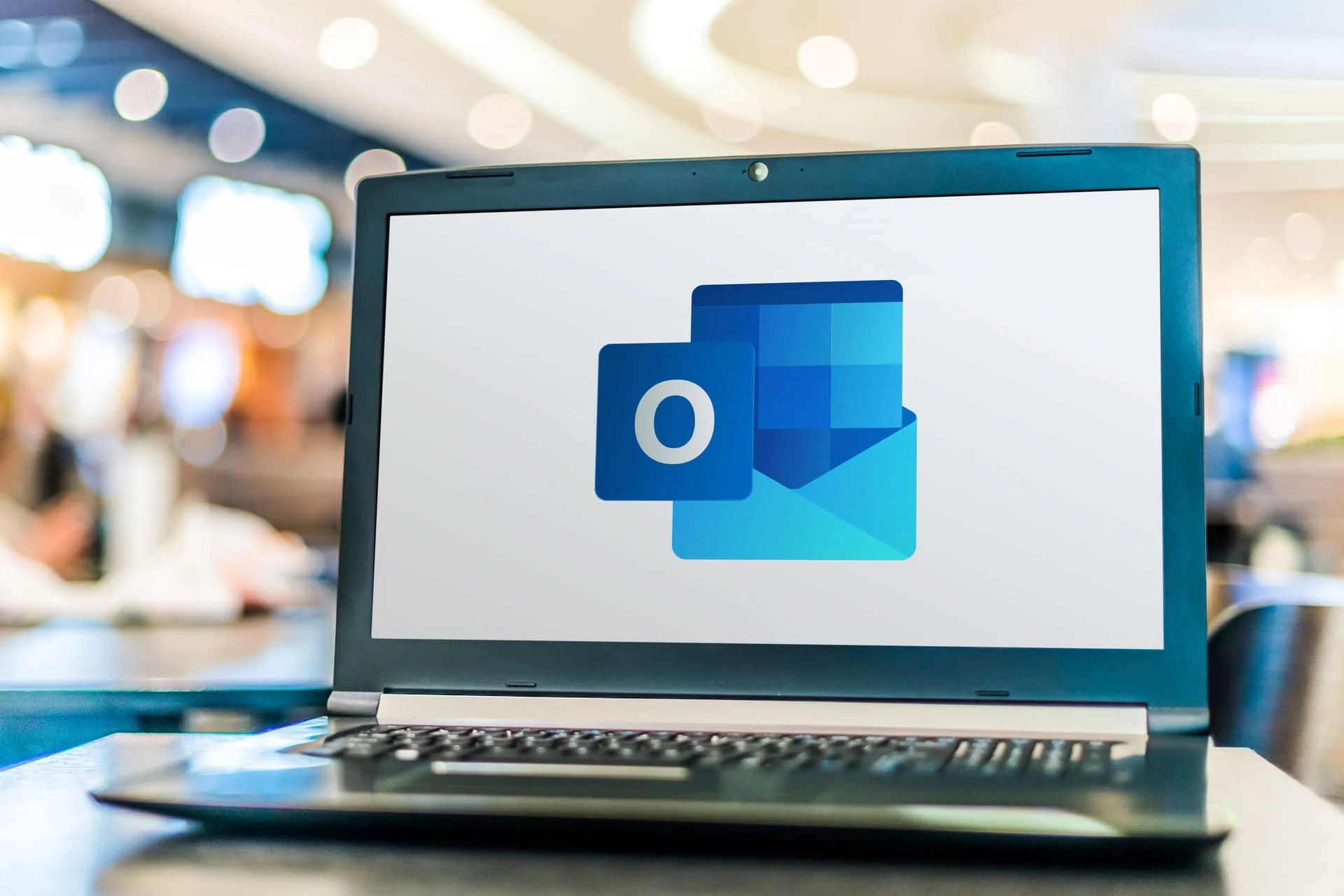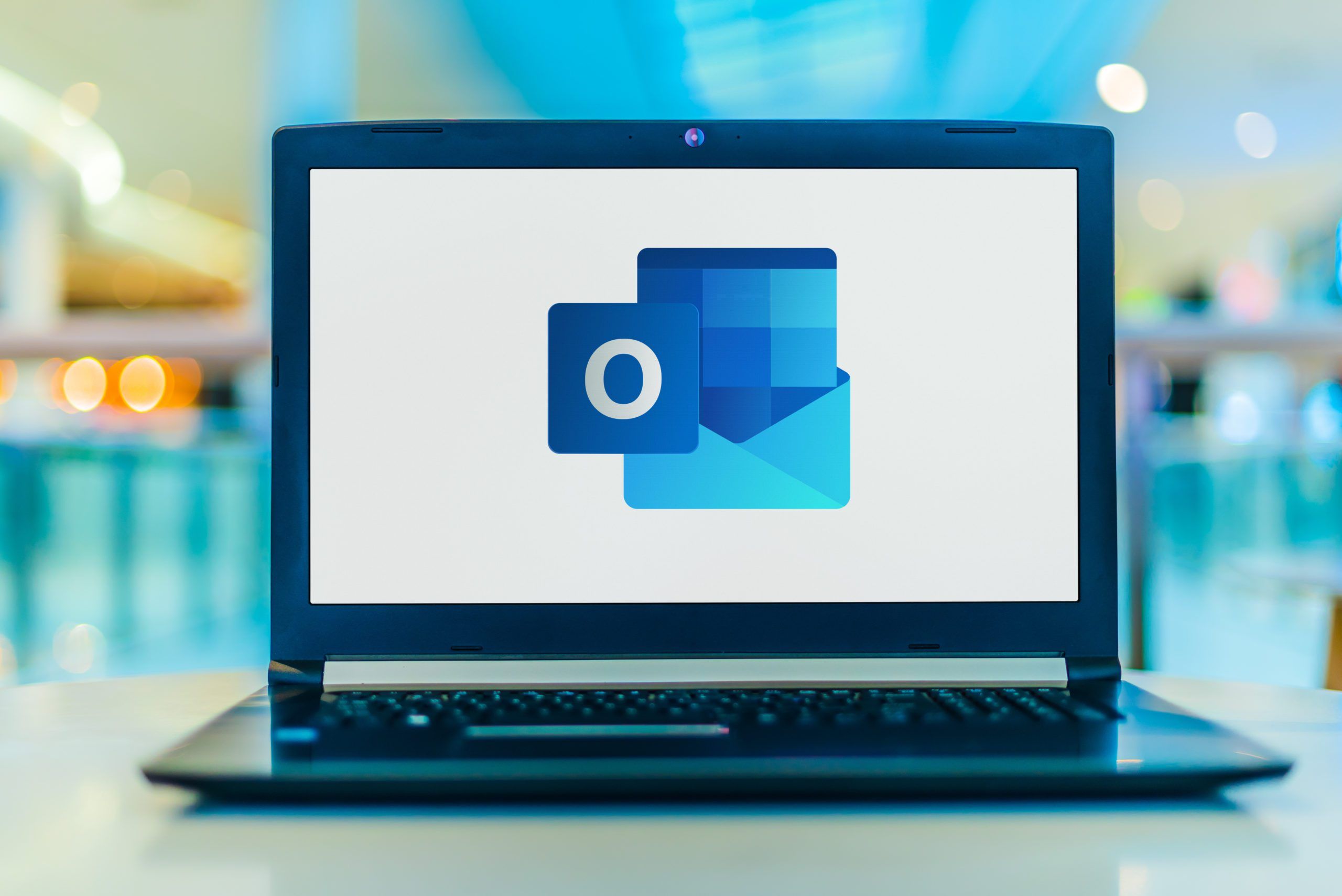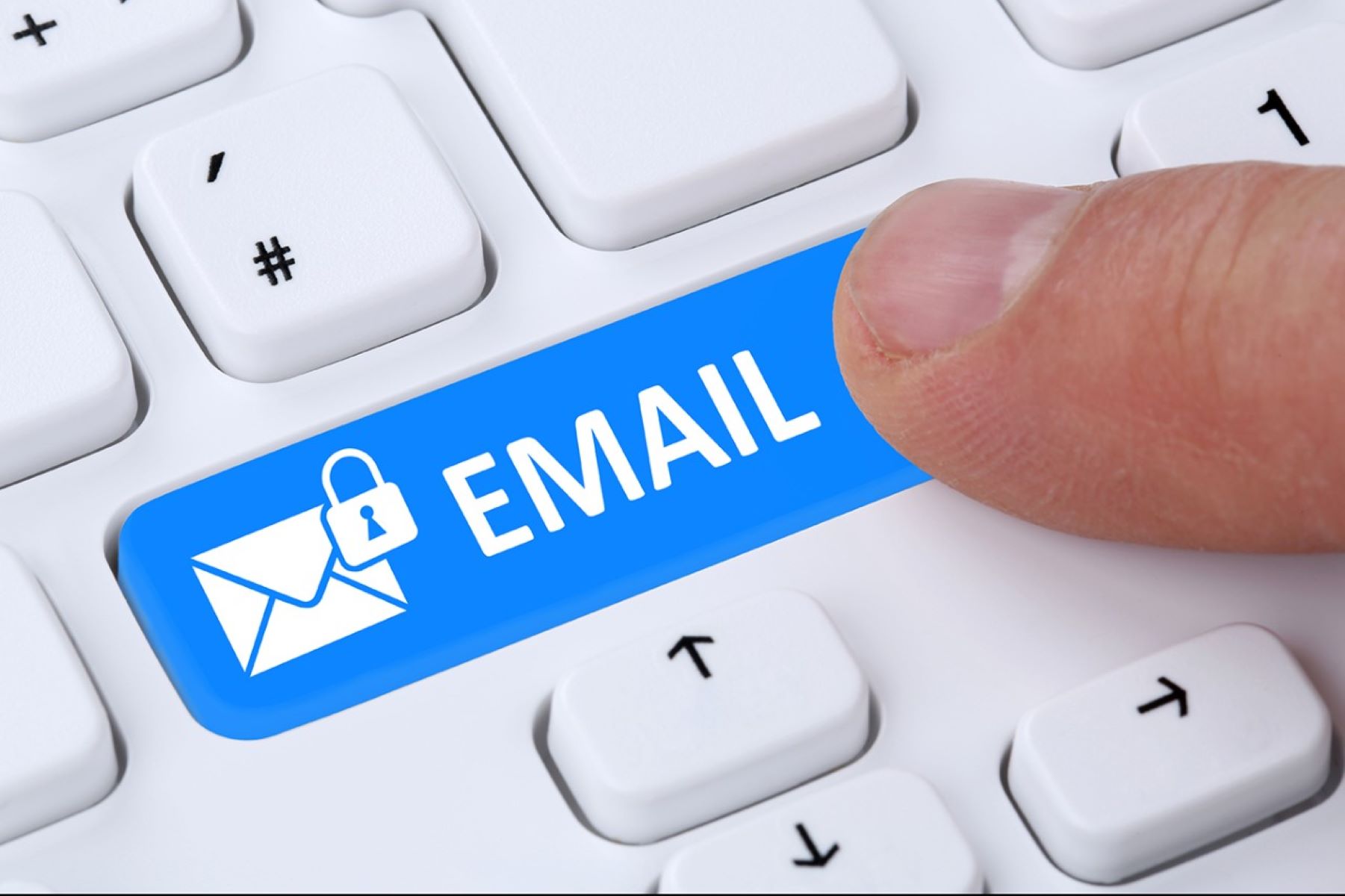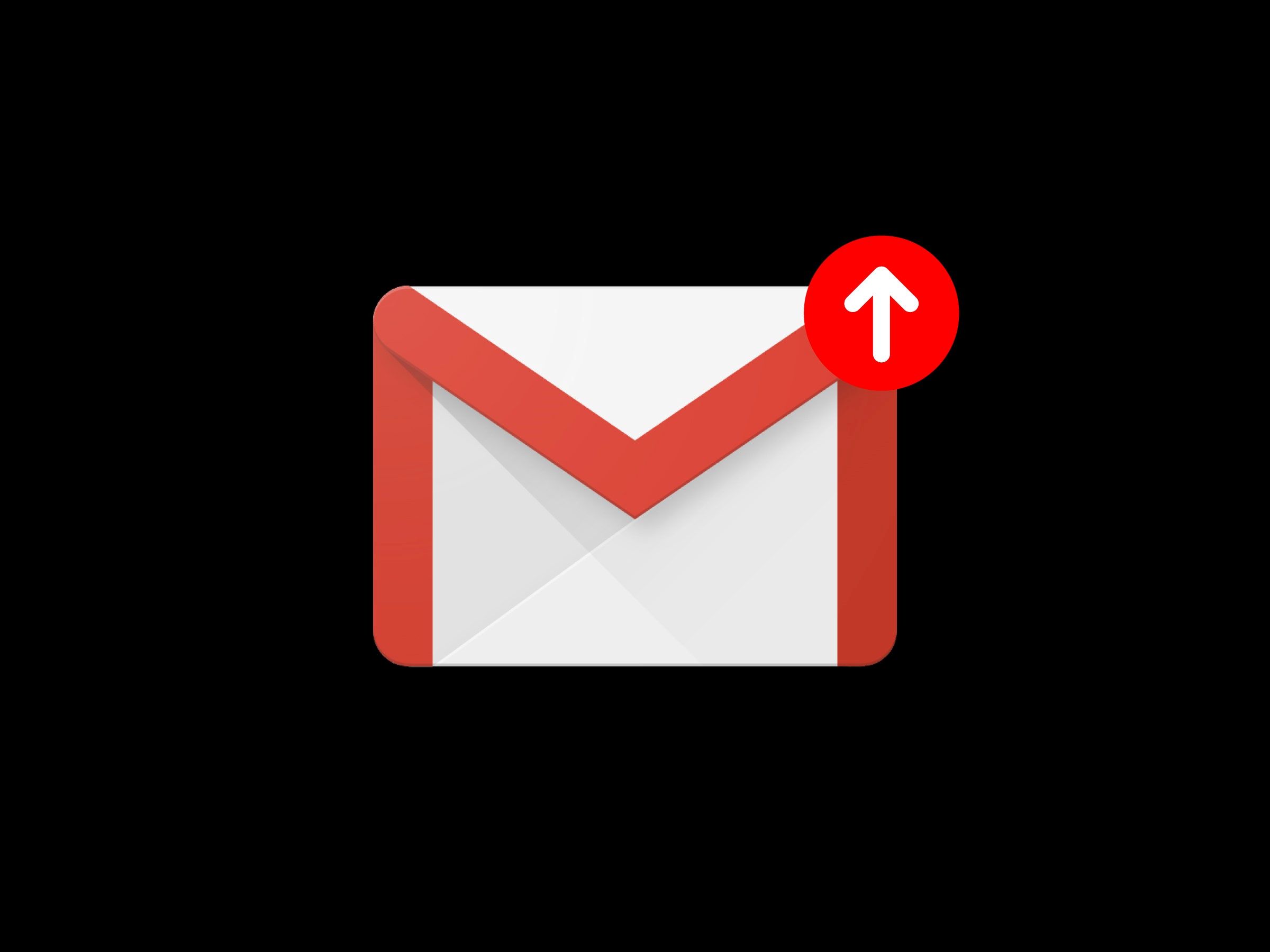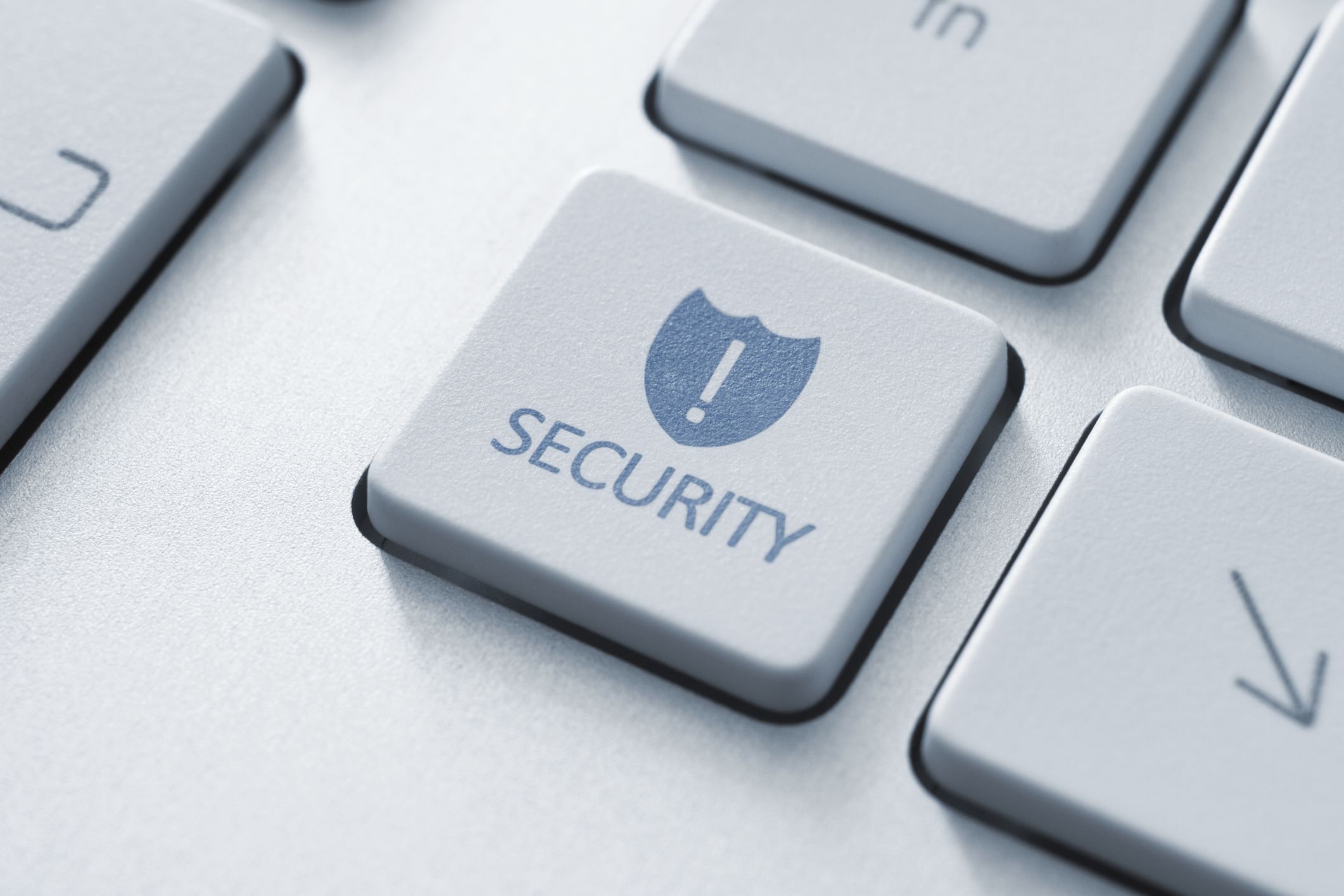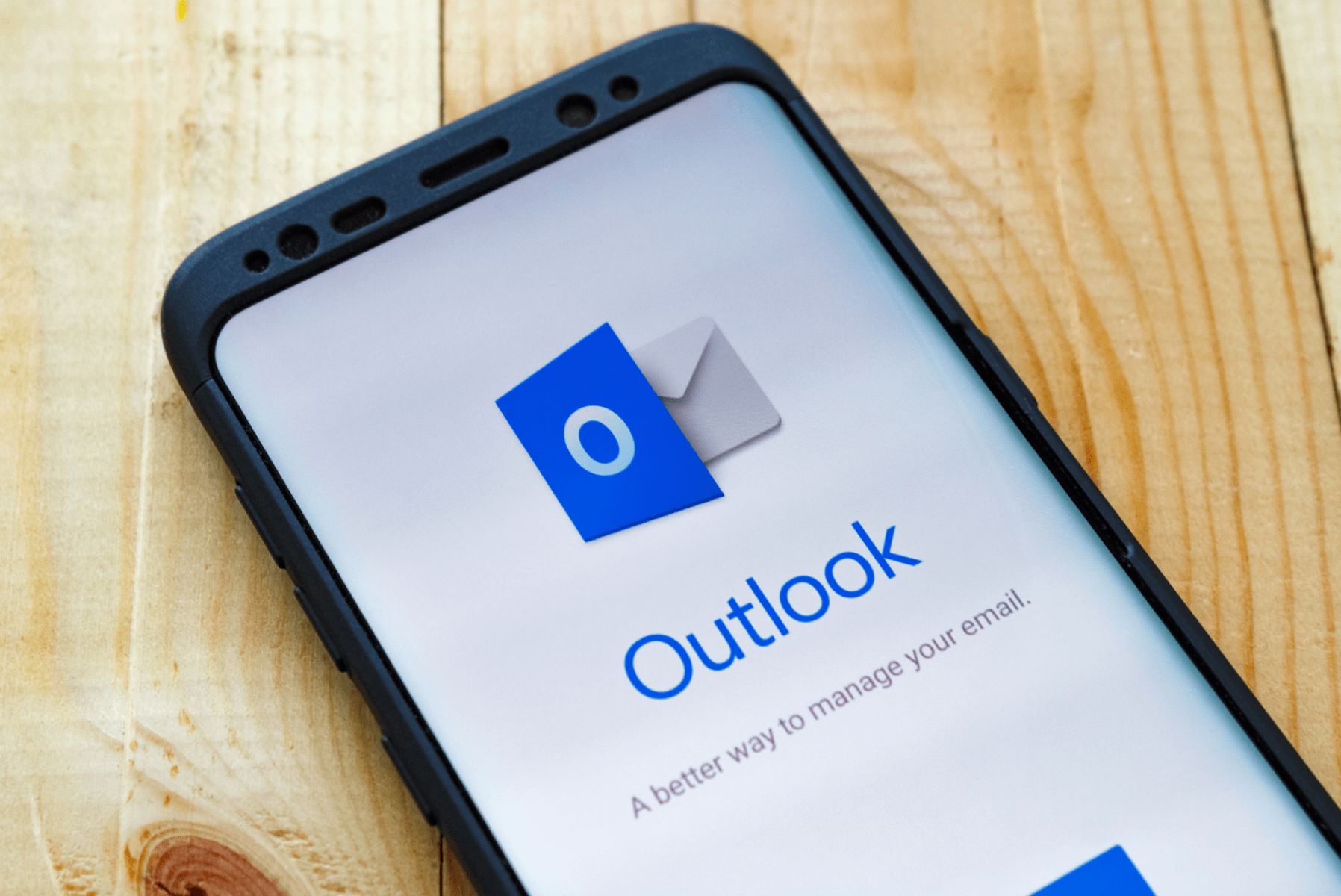Why Email Encryption is Important
Email has become an integral part of our personal and professional lives. We use it to communicate sensitive information, exchange confidential files, and conduct business transactions. However, with the increasing prevalence of cybercrime and privacy concerns, it is crucial to ensure the security of our emails. This is where email encryption comes into play.
Email encryption is the process of encoding the content of an email in such a way that only the intended recipient can decipher it. It provides an additional layer of protection, safeguarding the confidentiality and integrity of the information being transmitted. Here are some key reasons why email encryption is important:
- Protects Sensitive Data: Email encryption helps protect sensitive data, such as financial details, personal information, health records, trade secrets, and legal documents. By encrypting your emails, you can prevent unauthorized access and the potential misuse of this sensitive information.
- Maintains Privacy: Encrypting your emails ensures that your communication remains private. It prevents eavesdropping and intercepting of your messages by cybercriminals, hackers, or even government surveillance programs.
- Complies with Regulations: Many industries, such as healthcare and finance, have strict regulations regarding the protection of sensitive data. Email encryption helps organizations meet these compliance requirements and avoid legal repercussions.
- Builds Trust: When you encrypt your emails, you demonstrate a commitment to data protection and security. This can enhance trust among your clients, customers, and business partners, as they know their information is being handled securely.
- Prevents Email Spoofing and Phishing: Email encryption can also help combat email spoofing and phishing attacks. It makes it more difficult for attackers to impersonate you or manipulate the content of your emails, reducing the risk of falling victim to scams or unauthorized access to your accounts.
Email encryption is not limited to just large corporations or government agencies. With the increasing availability of easy-to-use encryption tools and services, individuals and small businesses can also take advantage of this security measure. By encrypting your emails, you can ensure the confidentiality, integrity, and privacy of your communication. It is a proactive step in protecting valuable information and maintaining trust in the digital world.
Different Methods of Email Encryption
Email encryption can be achieved through various methods, each with its own level of complexity and security. Here are some common methods used for email encryption:
- PGP (Pretty Good Privacy): PGP is a widely-used encryption method that utilizes public key encryption. It involves creating a pair of keys – a public key for encryption and a private key for decryption. The sender encrypts the email using the recipient’s public key, and the recipient uses their private key to decrypt the email. PGP offers strong encryption and is compatible with various email clients and platforms.
- S/MIME (Secure/Multipurpose Internet Mail Extensions): S/MIME is a standard for email encryption and digital signatures. It uses digital certificates to encrypt and decrypt email messages. S/MIME provides end-to-end encryption and authenticates the sender’s identity. However, it requires obtaining and managing digital certificates, which may be more complex for individual users.
- Secure Webmail Services: Some webmail services, like ProtonMail and Tutanota, offer built-in email encryption. These services use end-to-end encryption, where the emails are encrypted on the sender’s device and can only be decrypted by the recipient. The encryption is transparent to the users, making it user-friendly and accessible for individuals and businesses.
- Virtual Private Networks (VPNs): While VPNs mainly provide a secure connection between a user’s device and a network, they can also be used for encrypting email communications. By connecting to a VPN, your email traffic is encrypted and protected from potential eavesdropping. However, it’s important to note that VPNs only encrypt the email traffic between your device and the VPN server, not the entire email transmission path.
- Secure File Transfer Protocols (SFTP/FTP over TLS): If you need to send encrypted attachments or large files, using secure file transfer protocols such as SFTP (SSH File Transfer Protocol) or FTP over TLS (File Transfer Protocol over Transport Layer Security) can be an option. These protocols encrypt the data during transit, ensuring its security. However, keep in mind that these methods only encrypt the attachments and not the content of the email itself.
It’s important to choose an email encryption method that suits your needs and level of technical expertise. Consider factors such as ease of use, compatibility with your email client/platform, and the level of security required for your communication. By employing the right encryption method, you can enhance the privacy and security of your email communications.
How to Encrypt an Email Using PGP
PGP (Pretty Good Privacy) is a popular method for encrypting emails using public key cryptography. It ensures that only the intended recipient can decrypt and read the email. Here’s a step-by-step guide on how to encrypt an email using PGP:
- Generate PGP Key Pair: First, you need to generate a PGP key pair consisting of a public key and a private key. You can use PGP software like GnuPG (GNU Privacy Guard) or an email client that supports PGP, such as Mozilla Thunderbird with the Enigmail extension. Generate the key pair and securely store the private key.
- Import Recipient’s Public Key: To encrypt an email for a specific recipient, you will need their public key. Request the recipient to send their public key or search for it on public key servers. Import the public key into your PGP software or email client.
- Create the Email: Compose your email as you normally would. Include any attachments if needed. Ensure that the email contains the sensitive information you want to protect.
- Encrypt the Email: Before sending the email, you need to encrypt it using the recipient’s public key. In your PGP software or email client, select the option to encrypt the email. The software will automatically encrypt the email using the recipient’s public key, making it unreadable to anyone without the corresponding private key.
- Sign the Email (Optional): If desired, you can also add a digital signature to the email to verify its authenticity. This involves using your private key to sign the email, ensuring that the recipient can confirm it hasn’t been tampered with during transit.
- Send the Encrypted Email: Once the email is encrypted and signed (if applicable), send it to the recipient. Ensure that the recipient is aware that the email is encrypted and provide any necessary instructions or passwords needed for decryption.
When the recipient receives the encrypted email, they will use their private key to decrypt it and view the contents. It’s important to note that both the sender and recipient need to have PGP software or email clients that support PGP in order to encrypt and decrypt the email.
Encrypting your emails using PGP adds an extra layer of security and confidentiality to your communication. It protects sensitive information from unauthorized access and ensures that only the intended recipient can decrypt and read the email.
Step-by-Step Guide to Encrypting an Email in Outlook
Microsoft Outlook is a popular email client that provides built-in encryption features for securing your emails. Encrypting an email in Outlook is a straightforward process. Here’s a step-by-step guide on how to do it:
- Compose a New Email: Open Microsoft Outlook and click on the “New Email” button to start composing a new email.
- Enable the Encryption Option: In the email composition window, click on the “Options” tab at the top of the screen.
- Click on the “Encrypt” Button: In the “Options” tab, you will find the “Encrypt” button. Click on it to enable email encryption for this particular email.
- Finish Composing the Email: Complete composing your email, including the subject, recipients, and message body. Include any attachments or sensitive information that you want to encrypt.
- Click on the “Send” Button: Once you have finished composing the email, simply click on the “Send” button to send the encrypted email.
By following these simple steps, you can easily encrypt an email in Microsoft Outlook. It’s worth noting that Outlook uses the S/MIME (Secure/Multipurpose Internet Mail Extensions) encryption technology, which requires digital certificates to encrypt and decrypt emails. If you haven’t configured your digital certificates in Outlook, you may need to set them up before using the encryption feature.
When you send an encrypted email, the recipient’s email client also needs to support S/MIME encryption and have the necessary digital certificates. This ensures that the recipient can decrypt and read the email.
Encrypting emails in Outlook adds an extra layer of security to your communication, protecting sensitive information from prying eyes. It allows you to send confidential emails, such as financial details, personal data, or sensitive business information, with peace of mind.
Encrypting an Email in Gmail
Gmail is one of the most widely used email services, and it offers an easy and convenient way to send encrypted emails. With the help of the confidential mode feature, you can encrypt your emails in Gmail to protect sensitive information. Here’s how to encrypt an email in Gmail:
- Compose a New Email: Log in to your Gmail account and click on the “Compose” button to start writing a new email.
- Click on the “Padlock” Icon: In the email composition window, you will find a small padlock icon at the bottom. This icon represents the confidential mode feature in Gmail.
- Set an Expiration Date and Passcode (Optional): Clicking on the padlock icon will open a pop-up window where you can set additional security options. You can choose to set an expiration date for the email, after which it will no longer be accessible. You can also set a passcode that the recipient will need to enter to access the email.
- Finish Composing the Email: Complete composing your email, including the subject, recipients, and message body. Include any attachments or sensitive information that you want to encrypt.
- Click on the “Send” Button: Once you have finished composing the email, simply click on the “Send” button to send the encrypted email.
When the recipient receives the encrypted email, they will see a notification that the email was sent with confidential mode. They will be able to view the email content directly in Gmail or, if you set a passcode, enter the passcode to access it. Additionally, the recipient will not be able to forward, copy, print, or download the email content.
It’s important to note that the confidentiality of the email is not guaranteed if the recipient is using an email client or service that does not support confidential mode. In such cases, Gmail will provide a link to view the email securely on the web.
By utilizing the confidential mode feature in Gmail, you can encrypt your emails easily and provide an extra layer of security to protect sensitive information during transmission.
Using Encrypted Email Services
Encrypted email services are dedicated platforms or software that prioritize the privacy and security of your email communications. These services offer end-to-end encryption, ensuring that only you and the intended recipient can access the content of your emails. Here are some key points to consider when using encrypted email services:
Choosing the Right Encrypted Email Service: There are several encrypted email services available, such as ProtonMail, Tutanota, and Mailfence. Research and compare different providers to find the one that best suits your needs in terms of security features, user interface, and storage capacity.
Creating an Account: Sign up for an account with the encrypted email service of your choice. Ensure that you provide a strong, unique password and consider enabling two-factor authentication for an additional layer of security.
Generating Encryption Keys: Upon creating an account, the encrypted email service will generate a pair of encryption keys for you – a public key and a private key. The public key is shared with others to allow them to encrypt emails for you, while the private key should be kept secure and never shared.
Exchanging Public Keys: To send encrypted emails to others, you will need their public keys. Share your public key with trusted contacts and request their public keys in return. This allows both parties to encrypt emails to each other.
Encrypting and Decrypting Emails: Compose your email as usual, and if the recipient’s public key is available, your email service will automatically encrypt it before sending. Similarly, when you receive an encrypted email, your email service will use your private key to decrypt the message so you can read its contents.
Additional Security Measures: Encrypted email services often provide additional security features, such as the ability to set expiration dates for emails, password protect attachments, and enable two-factor authentication. Explore these options to enhance the privacy and security of your communications.
Considerations for Recipients: When sending encrypted emails to recipients who do not use encrypted email services, they may receive a notification with instructions on how to securely access the message online. Encourage these individuals to consider using encrypted email services to strengthen the security of their own communications.
Using encrypted email services gives you peace of mind knowing that your private conversations and sensitive information are protected. By leveraging robust encryption technology and following best practices, you can safeguard your email communications from unauthorized access and maintain your privacy online.
Tips for Email Security and Privacy
Email is a common target for cyberattacks and data breaches, making it essential to prioritize the security and privacy of your email communications. By implementing these tips, you can enhance your email security and protect your sensitive information:
- Use Strong, Unique Passwords: Choose a strong, complex password for your email account and avoid using the same password for multiple accounts. Consider using a password manager to generate and store unique passwords securely.
- Enable Two-Factor Authentication (2FA): Enable two-factor authentication for your email account if supported. This adds an extra layer of security by requiring a verification code in addition to your password when logging in.
- Be Cautious of Phishing Attempts: Be vigilant about phishing emails that attempt to trick you into revealing sensitive information or clicking on malicious links. Avoid clicking on suspicious emails or attachments, and verify the authenticity of any requests for personal or financial information.
- Keep Software and Devices Updated: Keep your email client, operating system, and security software up to date. Regularly update your devices and applications to patch any vulnerabilities that could be exploited by cybercriminals.
- Encrypt Emails: Whenever possible, use encryption methods like PGP or S/MIME to encrypt your emails. This ensures that your messages are secure and can only be accessed by authorized recipients.
- Be Mindful of Public Wi-Fi: Avoid accessing your email on public Wi-Fi networks, as they can be insecure and susceptible to eavesdropping. If you need to access your email while on the go, consider using a virtual private network (VPN) to create a secure connection.
- Regularly Review Privacy Settings: Review and update the privacy settings of your email account. Understand what information is being collected and shared, and adjust the settings to your desired level of privacy.
- Delete Unnecessary Emails: Regularly delete emails that contain sensitive information or personal data. Avoid keeping unnecessary emails for extended periods, as they can pose a security risk if your account gets compromised.
- Secure Your Devices: Protect your devices with strong passwords, PINs, or biometric authentication. Use device encryption features to secure your data in case of loss or theft.
- Educate Yourself: Stay informed about current email security best practices and new threats. Educate yourself on common attack vectors and learn to identify warning signs of phishing or malicious emails.
By following these tips, you can significantly strengthen the security and privacy of your email communications. Remember, proactive measures and a cautious approach are key to safeguarding your information online.







